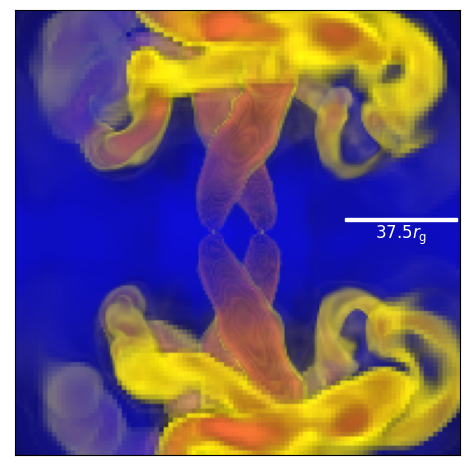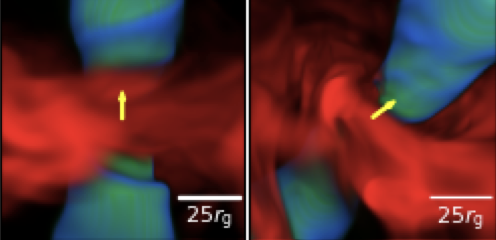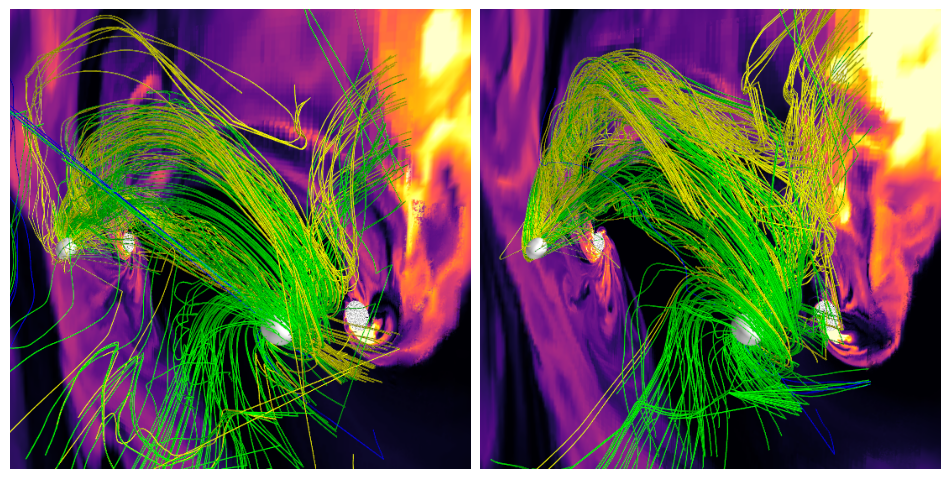A natural consequence of merging galaxies is the formation of binary pairs of supermassive black holes (SMBHs). As the two objects inspiral, they produce low-frequency gravitational waves detectable by space-based gravitational-wave observatories like LISA (which is proposed to launch in 2035) or pulsar timing arrays (PTAs), which are a network of precisely monitored pulsars to probe perturbations in spacetime. The detection of a gravitational-wave background by PTAs like NANOgrav strongly suggests that these binary pairs are common. In the next ten years we expect to begin regularly detecting gravitational waves from individual sources, and combining this information with electromagnetic emission would provide an unprecedented opportunity to study strong gravity, accretion physics, and high-energy plasmas. Electromagnetically localizing these sources before merger, however, will require firm theoretical predictions for how binary SMBH active galactic nuclei differ radiatively from single SMBH systems. This is an active area of my research.


